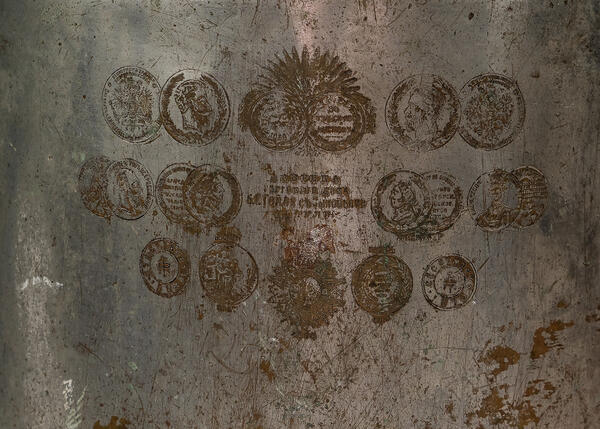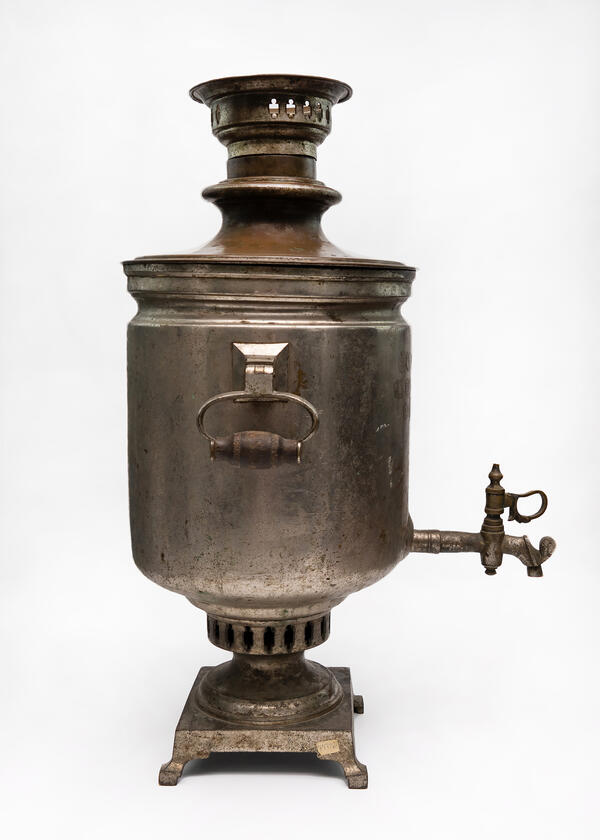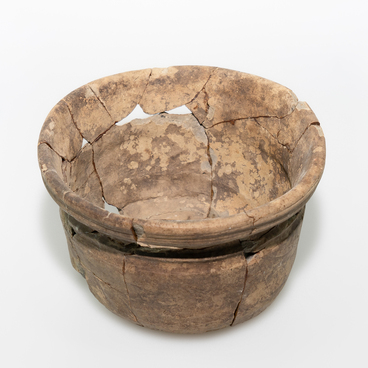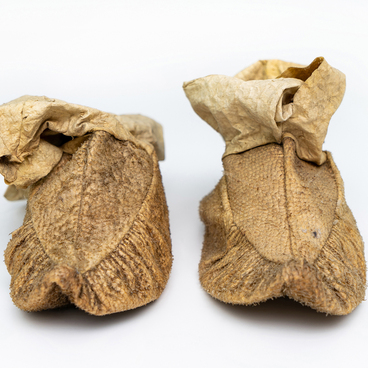The samovar has always been one of the symbols of Russia. Its history goes back several centuries. The first mention of the Tula products appeared in the middle of the 18th century. In 1778, the Lisitsyn brothers petitioned to open a factory. In 1803, 26 people worked in their production. The company’s turnover was 1,500 rubles.
In 1870, a young locksmith of German origin, Reinhold Erdmann Teile, opened another samovar factory on Demidovskaya Street in Tula. After the first owner of the factory died, it was headed by the widow of the industrialist, and an inscription appeared on the samovars: “Trading House B.G. Teile and his sons in Tula.” The stamps depicted a cannon with a wheel and the text: “B.G. Teile Factory”.






